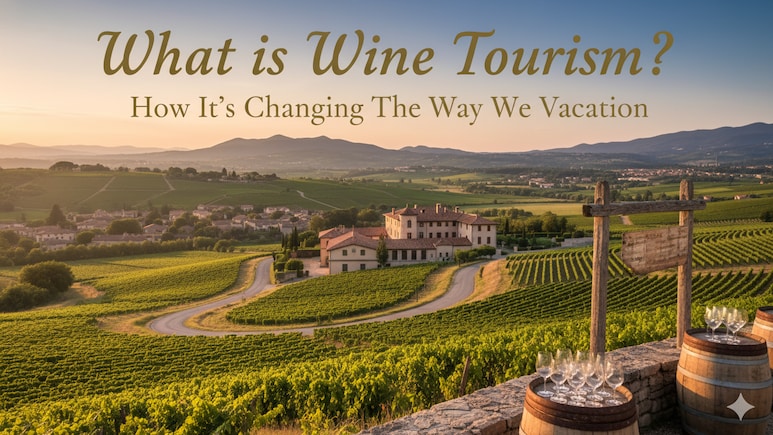
Wine tourism has quietly evolved from simple vineyard visits into one of travel's most sophisticated experiences. It's no longer just about swirling a glass and nodding appreciatively. Modern wine tourism weaves together culture, cuisine, architecture, and authentic storytelling into immersive getaways that linger in your memory long after the last sip. Wine marketing and tourism expert Shalini Singh, who has spent 12 years crafting experiences across Europe's leading wine regions, reveals how this shift is transforming the way we vacation, turning vineyards into destinations where every moment connects you to the land, the people, and centuries of tradition.
Also Read: Bhutan vs Nepal: Which Himalayan Destination Should You Visit First?
Wine Tourism: From Tasting Rooms to Lifestyle Experiences
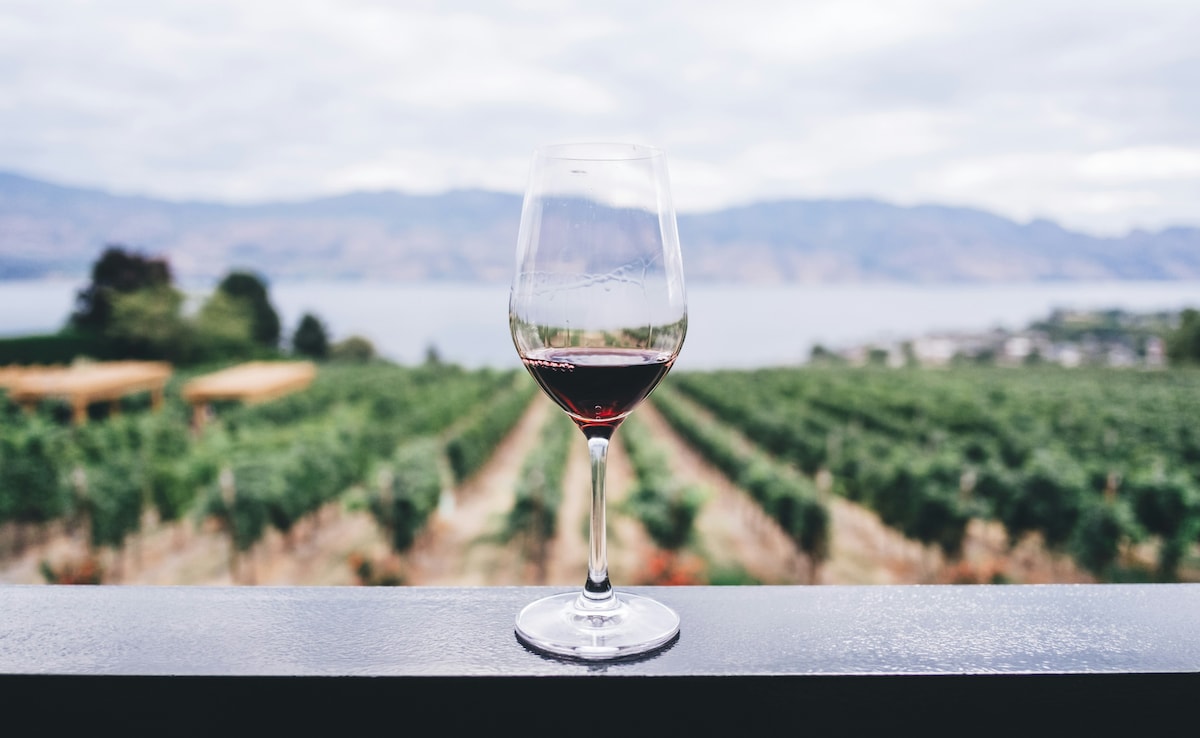
Photo Credit: Pexels
Wine tourism has always been more than just sampling vintages, but the modern approach has expanded dramatically. Singh explains that today's travellers seek cultural immersion, sustainability, family-friendly activities, and experiences that connect them authentically to both place and producer. In Italy and Spain, wine tourism now seamlessly blends culinary tours, local history, and even archaeological sites alongside traditional tastings, creating multi-layered experiences that appeal to curious minds.
Non-wine elements have become central to the appeal. Wine-and-wellness retreats combine spa sessions with leisurely vineyard walks, while striking vineyard architecture draws design enthusiasts who appreciate both form and function. Local gastronomy complements the wines beautifully, with chefs creating thoughtful pairings that elevate the entire visit beyond the glass. Awards like the Great Wine Capitals now recognise family-friendly wine tourism, proving that immersive, inclusive experiences have become key draws for modern travellers.
Immersive Stays and Agri-Tourism
The shift toward staying on-site at vineyards rather than nearby hotels reflects travellers' desire for authenticity and deeper connections. Boutique farm stays and luxury châteaux allow guests to fully immerse themselves in the wine lifestyle, waking up to vineyard views and experiencing the daily rhythms of wine country. Singh notes that these immersive stays satisfy the modern wine tourist's craving for genuine producer interactions and a closer relationship with the land itself.
Bespoke itineraries crafted by private wine consultants help plan longer stays that mix wine tastings with cultural outings, outdoor adventures, and culinary experiences. Careful planning ensures every moment feels meaningful and enjoyable, transforming a simple vacation into a curated lifestyle experience.
Underdog Wine Regions Worth Exploring
For travellers seeking unique experiences away from crowded Napa and Bordeaux hotspots, underdog destinations offer exceptional value and discovery. Singh recommends these hidden gems:
Georgia
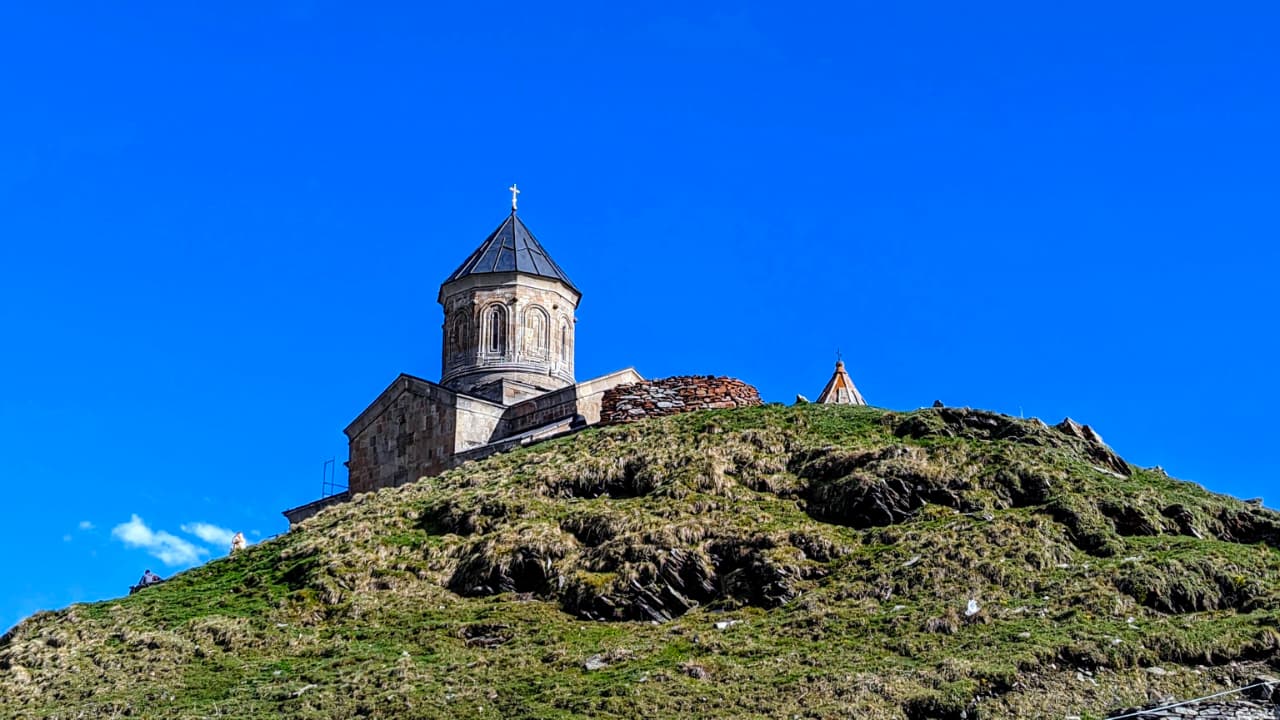
Home to indigenous grape varieties and 8,000 years of winemaking tradition using ancient qvevri (clay vessels), Georgia offers authentic experiences in family-run wineries.
Best Time to Visit: September-October for the harvest season; April-May for pleasant weather and blooming landscapes.
Things to Do: Tour traditional qvevri cellars, explore Tbilisi's wine bars, hike in the Caucasus Mountains, and visit historic monasteries.
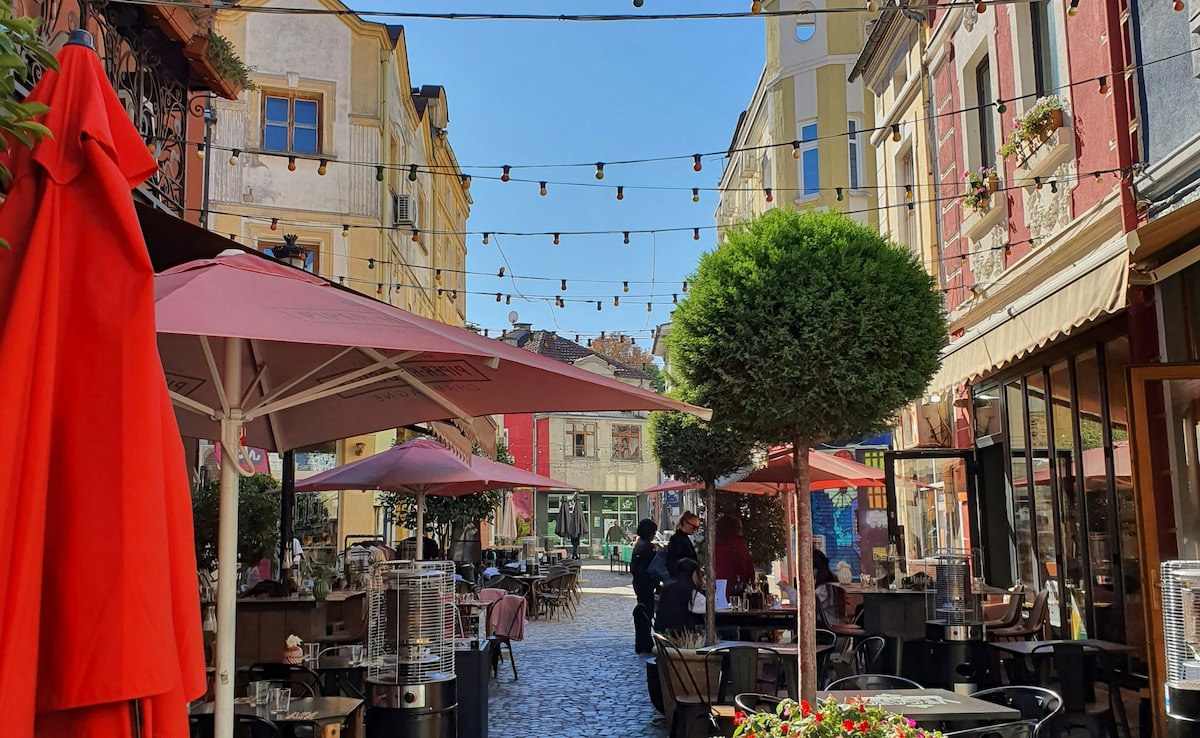
Emerging wine regions offer exceptional quality at accessible prices, with a mix of international and indigenous varietals.
Best Time to Visit: May-June and September-October for mild weather; August-September for harvest festivals.
Things to Do: Visit Thracian Valley wineries, explore Rose Valley, discover ancient Roman wine heritage sites, and enjoy Black Sea coastal pairings.
Also Read: 7 Stunning Indian Destinations That Feel Like Travelling Abroad
Chile
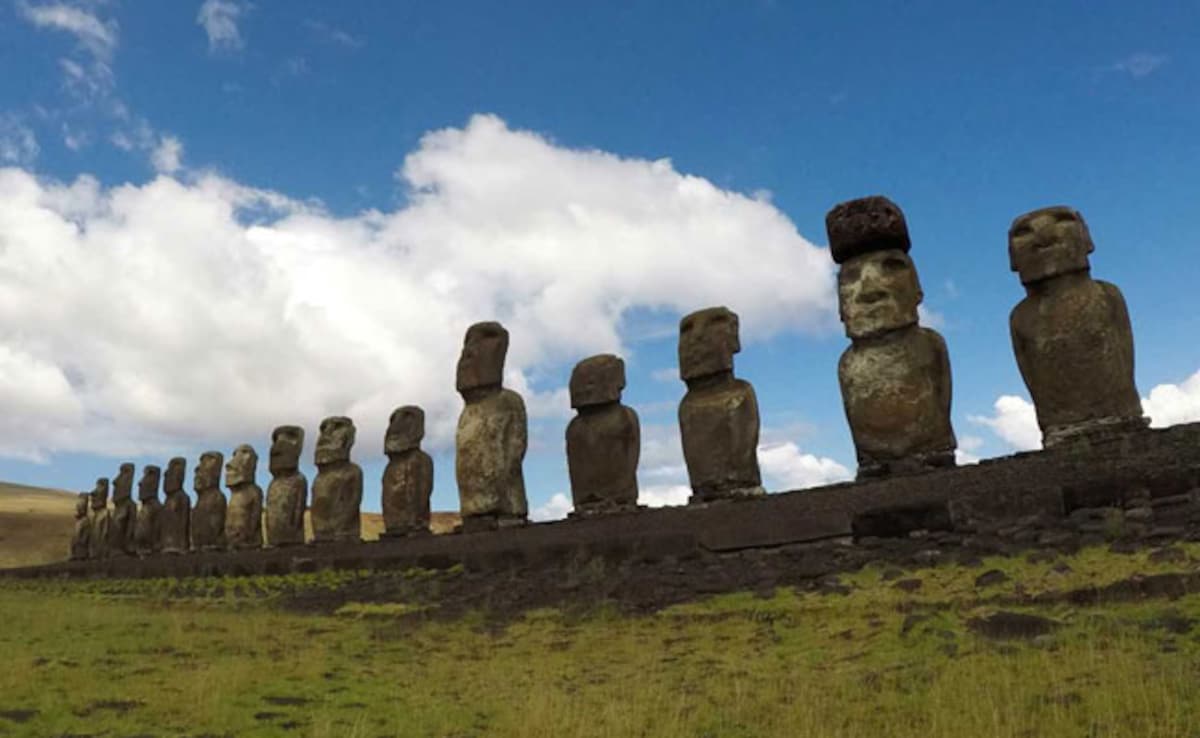
Striking landscapes from the Andes to coastal valleys create dramatic backdrops for boutique wineries producing world-class wines.
Best Time to Visit: March-April for the harvest season; December-February for summer weather and outdoor activities.
Things to Do: Tour Casablanca and Colchagua valleys, combine wine with Patagonia adventures, explore coastal wine routes, and enjoy vineyard horseback riding.
Luxembourg
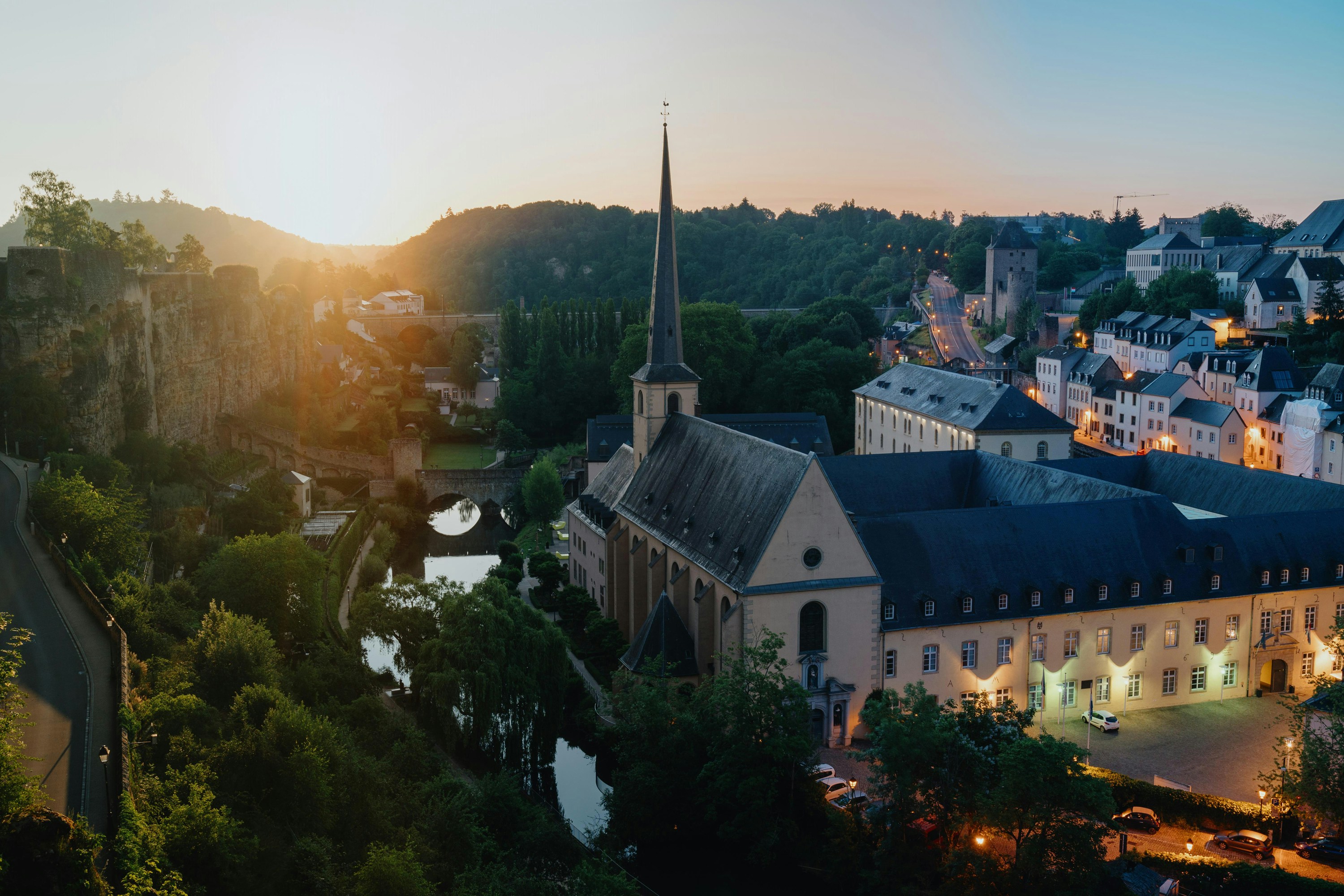
Hidden along the Moselle River, Luxembourg's high-quality vineyards offer intimate experiences with excellent Rieslings and Crémants.
Best Time to Visit: May-September for warm weather; September for harvest and wine festivals.
Things to Do: Bike the Moselle wine route, visit family cellars, explore medieval castles, and enjoy river cruises with wine tastings.
Greece
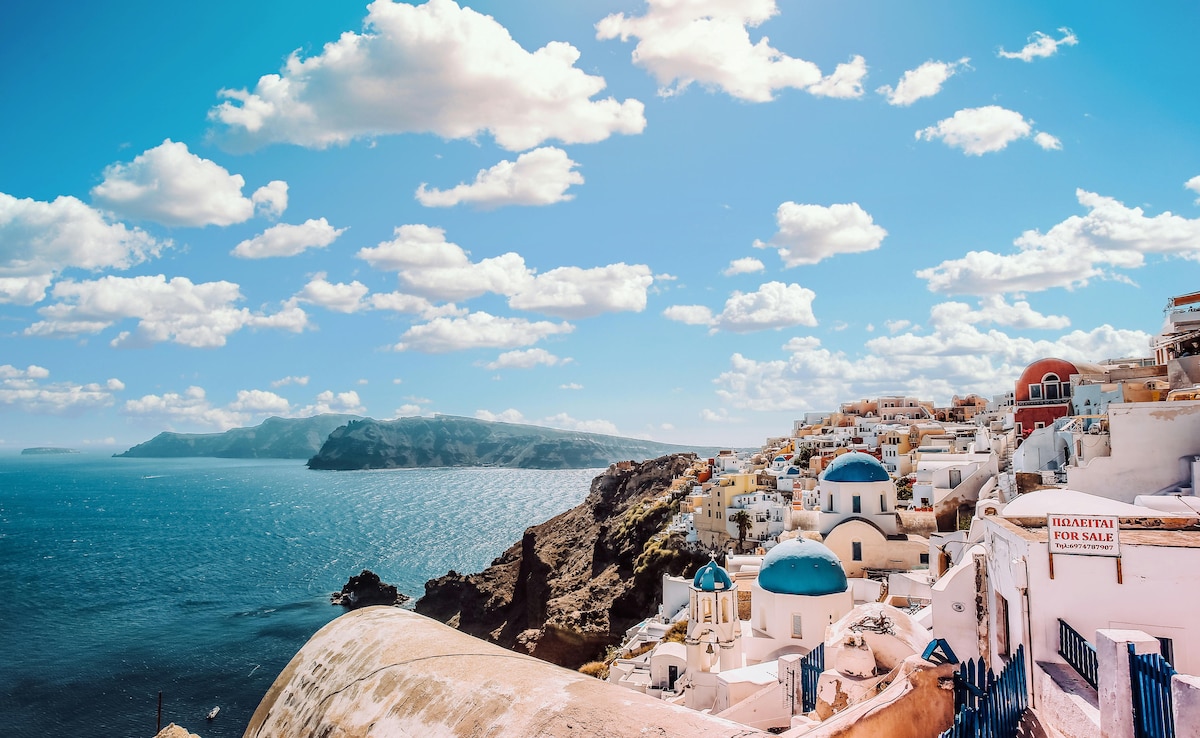
Authentic family-run estates showcase indigenous varieties like Assyrtiko and Xinomavro against stunning island and mountain landscapes.
Best Time to Visit: May-June and September-October for ideal weather; August-September for harvest experiences on islands.
Things to Do: Visit Santorini's volcanic vineyards, tour Nemea wineries, explore Crete's wine heritage, and combine tastings with archaeological sites.
Northeast Italy (Dolomites Region)

Mountain wines from Alto Adige and Trentino offer alpine charm with crisp whites and elegant reds amid dramatic peaks.
Best Time to Visit: May-June and September-October for comfortable hiking weather; July-August for summer festivals.
Things to Do: Hike vineyard trails with mountain views, visit alpine wine cellars, explore charming villages, and enjoy mountain cuisine pairings.
Lesser-Known French Regions
Beyond Provence, regions like Jura, Languedoc, and the Loire Valley offer distinctive wines without the crowds.
Best Time to Visit: April-June and September-October for pleasant weather; September for harvest in most regions.
Things to Do: Discover natural wine producers, explore medieval wine villages, visit underground cellars, and enjoy regional gastronomy.
Tips for Planning the Perfect Wine Holiday
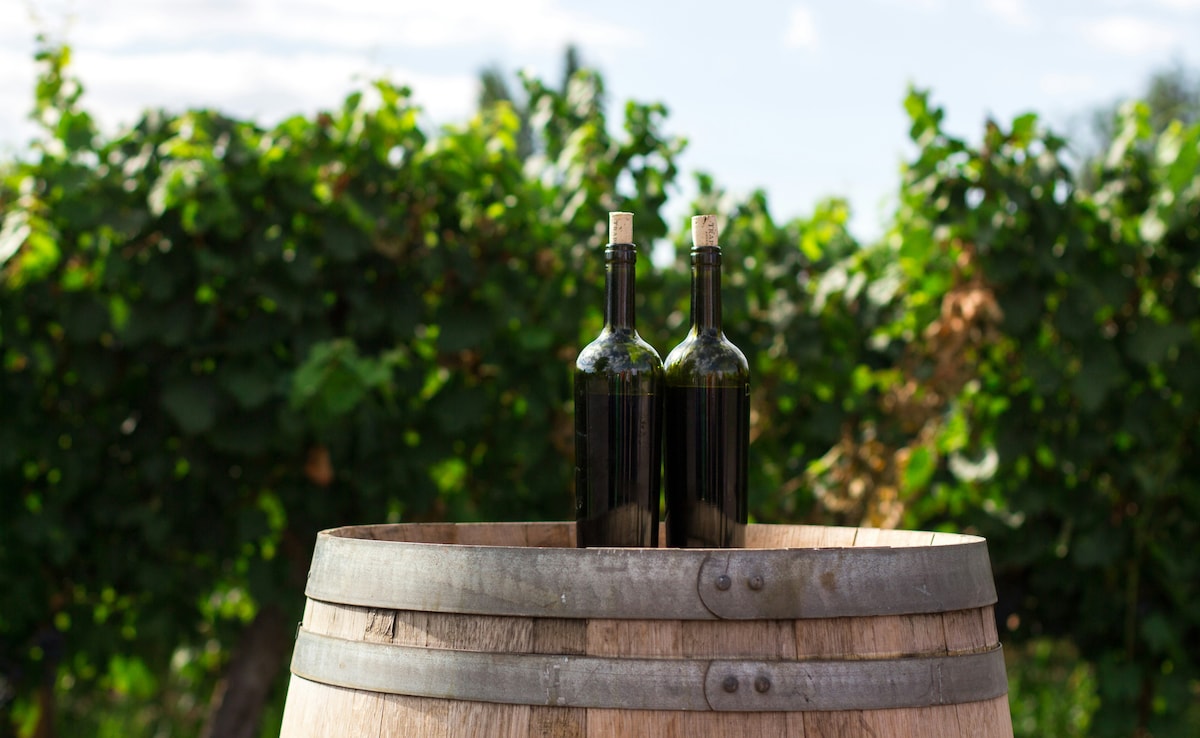
Photo Credit: Pexels
Planning a luxury wine getaway requires thoughtful attention to detail. Singh offers these essential tips:
- Avoid Overbooking: Two wine tastings per day are usually sufficient to fully enjoy and appreciate the experience without palate fatigue.
- Book Ahead: Many wineries don't accept walk-ins, and tastings are often led by the winemaker themselves, making advance reservations essential.
- Arrange Transport: Zero alcohol tolerance rules across Europe make pre-arranged transfers or private drivers absolutely necessary for safety and legality.
- Mix Winery Sizes: Visiting small, medium, and large producers provides a richer, more comprehensive perspective on the region's wine culture and production methods.
Also Read: 7 Best Solo Winter Destinations In India For A Safe And Fun Holiday
Timing Your Wine Vacation
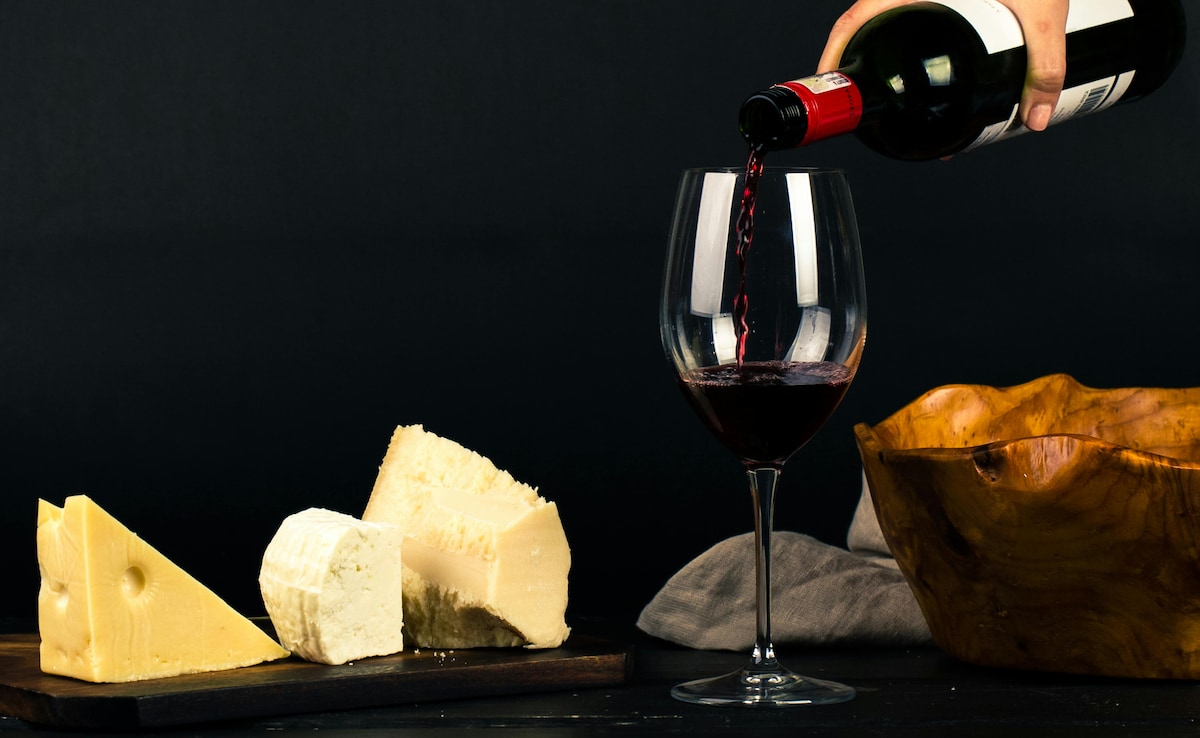
Choosing the right season can dramatically enhance your experience. Singh shares that October and November are ideal for western Europe's coastal regions and mainland wineries, when harvest energy still buzzes and autumn colours paint vineyard landscapes. April and May suit island wine destinations perfectly, combining tastings with sun and beach activities.
New Zealand wine regions shine in February, when perfect weather invites hiking and outdoor exploration between tastings. Bordeaux offers city-based wine tourism nearly year-round, though many wineries close in December for the holidays. Bespoke itineraries can tailor timing based on both wine and non-wine activities, ensuring travellers experience each region at its absolute best.
Global Growth and Future Trends
Global interest in vineyard experiences continues to rise steadily. The Global Wine Tourism Report 2025 by Geisenheim University confirms that travellers increasingly seek destinations combining local culture, gastronomy, and sustainability—exactly what Singh has observed throughout her career.
Looking ahead, Singh emphasises that wine tourism's future lies in personalised, culturally immersive experiences. It won't be just technology, sustainability, or emerging wine styles changing the landscape, but rather a combination of compelling storytelling, accessibility, and thoughtfully curated trips. Global recognition, including discussions at UN wine tourism conferences, highlights how this sector has become an essential part of luxury lifestyle travel.
Wine tourism today offers an opportunity to combine culture, gastronomy, and relaxation into single, immersive trips that engage all your senses. As Singh simply puts it: "Modern wine travellers want connections, authenticity, and experiences they remember long after the bottle is empty." With careful planning, attention to seasonal timing, and an eye for hidden gems beyond the usual suspects, a wine holiday can transform into a truly unforgettable lifestyle experience that broadens your palate, enriches your cultural understanding, and creates memories worth savouring.
Track Latest News Live on NDTV.com and get news updates from India and around the world

